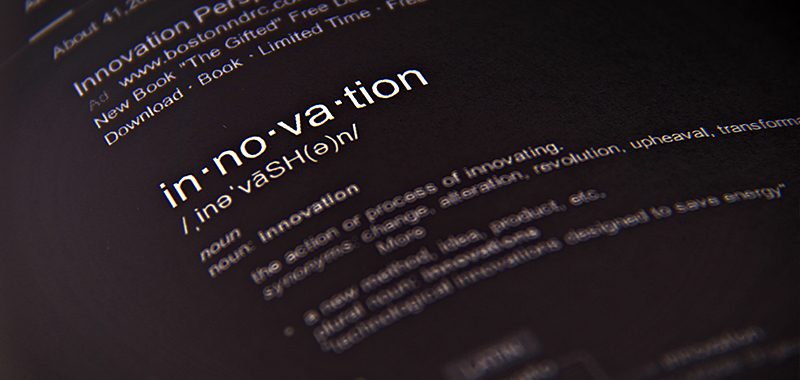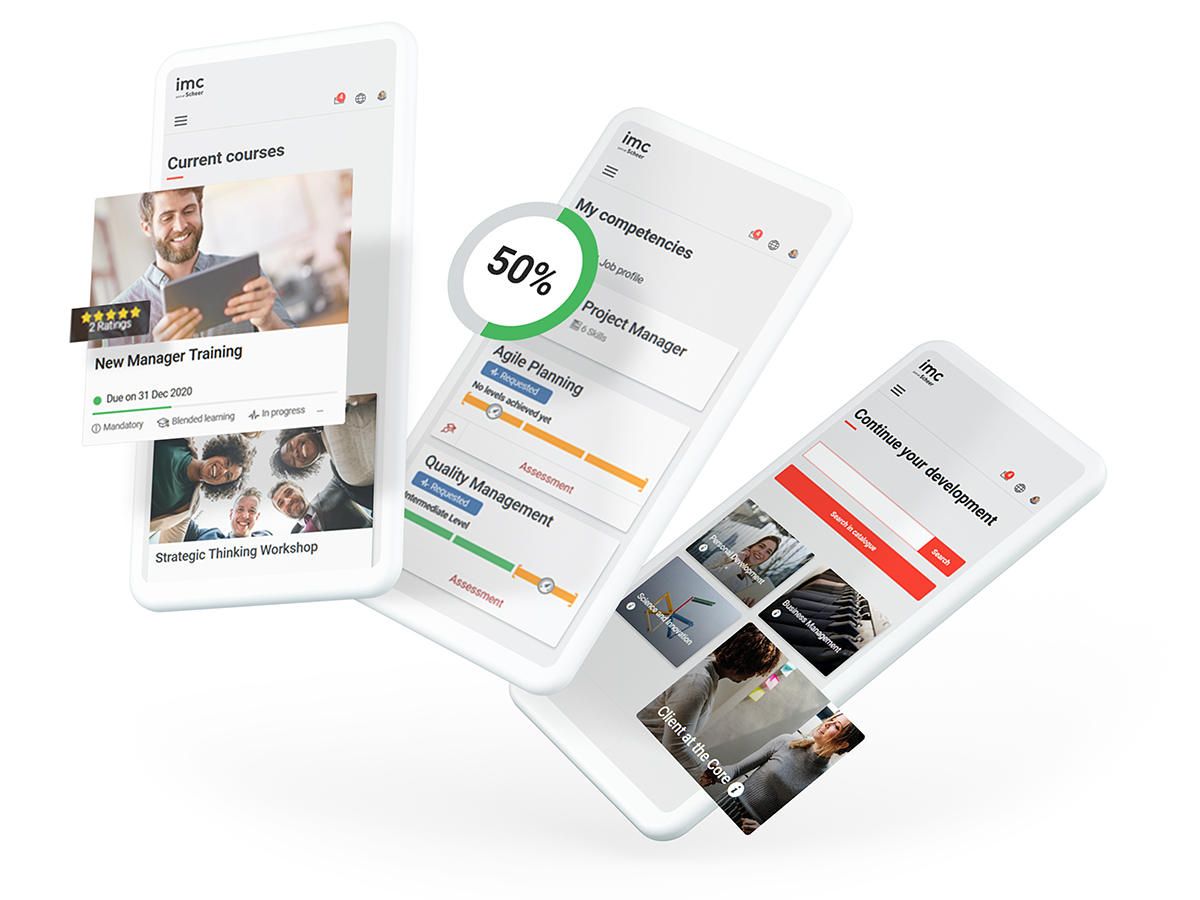
Headless LMS – definitely not brainless
The purpose and benefits of a headless LMS
Anyone involved in software development will likely be familiar with the term “headless system” – but the same cannot be said about HR or L&D staff.
Yet, it’s worth taking a look at the topic, given that headless systems – that is, systems without their own manufacturer-defined user interface – are gaining importance in many fields. This also applies to learning management systems (LMS). That is why we created an overview of the structure and benefits of headless LMS and answer the key questions here.

Definition: What does “headless LMS” mean?
A headless LMS has no pre-defined user interface or “head”. This makes it easy to integrate its content and functions into other systems’ user interfaces, resulting in a significantly enhanced user experience. The content can be played in various formats and through different channels or devices. This means that the frontend and the backend are no longer monolithically integrated.
The LMS is used exclusively in the backend and serves as an administrative system. The functions and content are not shown via a human user interface, but through application programming interfaces (APIs). This facilitates customised frontend development and adjustment for different user groups.
Why choose a headless LMS?
It has several benefits. User experience is one of the major challenges for all learning platforms. After all, these systems house enormous data volumes, which must be played to thousands or even millions of users in a targeted and clear manner. Developing a generic user experience that is suitable for all these different user groups and use cases is difficult – if not impossible.
It is also extremely difficult to decide which content is shown to which user group (e.g., administrators, course administrators, learners, trainees), and how exactly that content is presented. The more an LMS can be tailored to a specific company and the more additional systems are integrated, the more complex it becomes. In such cases, a headless LMS can provide greater clarity, as tailored content can be shown to each user group.
How does this work in practice?
Say, a learner receives a badge or certificate for passing a course, and this is displayed in their learning status in the LMS. With a headless LMS, this progress could also be shown elsewhere – for example, in the employee’s profile on the company’s social intranet.
Third-party tools and other e-learning marketplaces can equally be integrated and shown in the same interface, removing the need for the learner to keep switching between different systems.
Some customers also use this type of system when they only want to integrate selected courses or content from the LMS into a dedicated portal they are setting up.
Headless LMS and learning ecosystem: Is it a match?
Indeed, they could make a perfect couple – but only if they can talk to each other! In this case, that primarily relates to the interfaces (APIs). A learning ecosystem comprises several systems that must maintain continuous communication with each other. If the LMS has no own frontend, it delivers its data to a higher-level system within the ecosystem which displays the information.
What benefits does a headless LMS offer?
Especially within a learning ecosystem comprising several systems in communication with each other, a headless LMS makes data maintenance significantly easier while also facilitating greater flexibility and customisation. Administrators can use a single source, rather than updating, managing and publishing the same data set on several platforms.
This data source serves the entire learning or software ecosystem and offers complete version control. The data is automatically synchronised across all interfaces that use this feature via APIs.
Flexibility increases at the same time, because administrators can precisely select the LMS components they want to display or hide. Ideally, this provides the user with a leaner user interface that is easier to navigate.
What are the pitfalls?
The things that look easiest tend to require the most work. This also applies to any software: A user-friendly, learner-centric environment requires significant technical and strategic know-how. It is important to invest in sound conceptual design to prevent incorrect content entries, buggy interfaces or frequent system fixes that may not even deliver improvements.
Once the decision has been made to purchase a learning platform, the real work begins. After a long-lasting struggle to reach a decision, the ones in charge are then highly motivated and want to start as quickly as possible with the selection of a provider and implementation.
However, they too often forget to involve important stakeholders in their own company in good time. If there is no early exchange about responsibilities, requirements or possible risks, and if other departments and employees are left out, problems are inevitable. Therefore, despite all the euphoria, first write a list and get those responsible around the table. Then go for it!

Learning Ecosytem: A universe of Learning
If you want to use a learning ecosystem successfully in corporate learning, the technical requirements must be right. Time to shed light on what systems have to fulfil in order to be able to meaningfully map a genuine learning ecosystem.

The Ultimate eLearning Jargon Glossary
LMS, LXP, SCORM, WBT, EPSS, NGLE, CBT, ITS!? Lost in a world of elearning terms and abbreviations? No worries, we can help. In this A to Z, we shed some light on the subject and have compiled a list of the most important terms and abbreviations in the field of e-learning in 2022.

More about our LMS
If you would like to learn more about imc's Learning Management, check here for more information.
